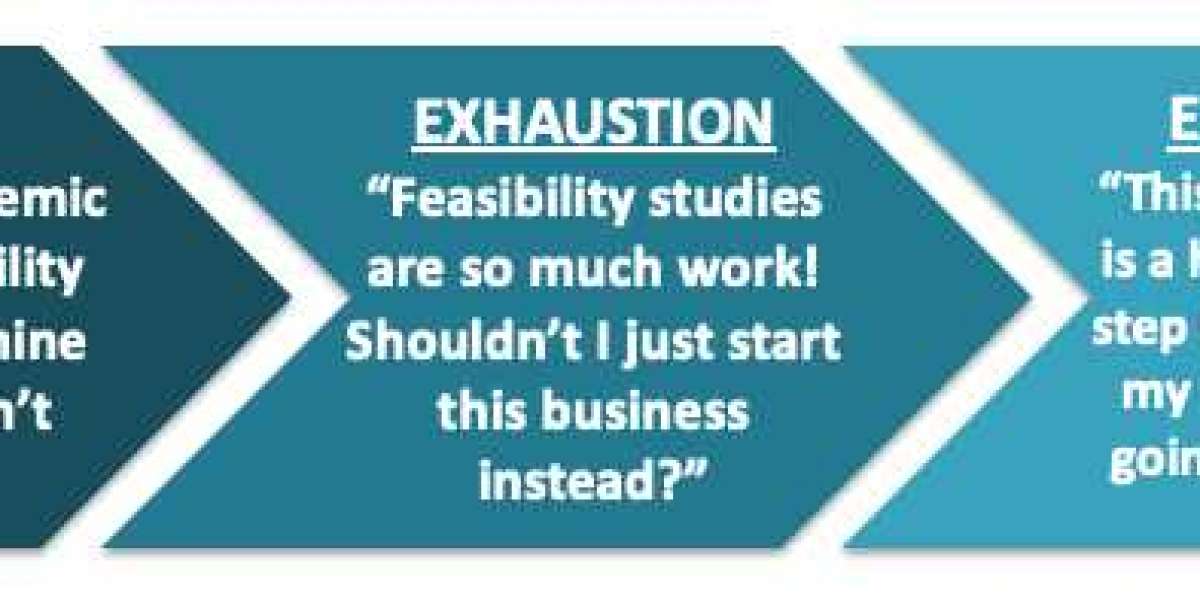In the dynamic landscape of business and project management, the concept of feasibility studies holds a paramount position. A well-executed feasibility study serves as a cornerstone for decision-making, risk management, and resource allocation. It evaluates the practicality of a proposed project, ensuring that stakeholders have a comprehensive understanding of potential challenges and benefits before committing resources. This article explores the significance of a well-executed feasibility study, its essential components, and the steps involved in conducting one effectively.
Understanding Feasibility Studies
A feasibility study is an analytical tool used to assess the viability of a project or business idea. It addresses critical questions regarding the project's potential for success, financial viability, operational capacity, market demand, and legal considerations. The main goal is to provide stakeholders with the information needed to make informed decisions.
Why a Feasibility Study Matters
Risk Mitigation: Every project carries inherent risks. A well-executed feasibility study helps identify these risks early on, allowing for proactive measures to mitigate them. By analyzing various scenarios and their potential impacts, stakeholders can avoid costly mistakes.
Resource Allocation: Resources, including time, money, and human capital, are often limited. A feasibility study helps ensure that these resources are allocated efficiently, focusing on projects that have a high likelihood of success.
Informed Decision-Making: Stakeholders need to make decisions based on reliable data and analysis. A feasibility study provides a detailed evaluation of the project's potential, enabling decision-makers to weigh the pros and cons effectively.
Market Insights: Understanding the target market is crucial for any project's success. A feasibility study includes market research to identify potential customers, competitors, and trends, providing insights that inform marketing and operational strategies.
Legal and Regulatory Compliance: Every project must adhere to local laws and regulations. A feasibility study assesses legal requirements and ensures that the project complies with relevant standards, thereby reducing the risk of legal complications.
Components of a Well-Executed Feasibility Study
Executive Summary: This section provides a concise overview of the project, including its objectives, key findings, and recommendations. It is often the first thing stakeholders read, so it should be compelling and informative.
Market Analysis: This part delves into market research, examining industry trends, target demographics, and competitive landscapes. It should identify potential customers and assess demand for the product or service.
Technical Feasibility: Here, the focus is on the technical aspects of the project. This includes evaluating the technology required, assessing the project's operational requirements, and identifying potential technical challenges.
Financial Feasibility: This component analyzes the project's financial aspects, including startup costs, operational expenses, revenue projections, and funding options. A comprehensive financial analysis helps stakeholders understand the project's profitability and return on investment.
Organizational Feasibility: This section assesses the project's alignment with the organization’s goals and capabilities. It examines the management structure, human resources, and organizational culture to determine if the project can be successfully executed.
Legal and Regulatory Analysis: Understanding legal and regulatory requirements is essential. This section outlines any permits, licenses, or approvals needed for the project and assesses the potential legal risks.
Recommendations: Based on the analysis, this part provides clear recommendations for moving forward, whether that involves proceeding with the project, making adjustments, or reconsidering the initiative altogether.
Steps to Conduct a Feasibility Study
Define the Project: Clearly outline the project's objectives, scope, and intended outcomes. This foundational step sets the stage for all subsequent analyses.
Gather Data: Collect relevant data through market research, surveys, interviews, and other methods. Ensure that the information is accurate and up-to-date.
Analyze Data: Examine the collected data to identify trends, challenges, and opportunities. Use quantitative and qualitative analysis techniques to derive meaningful insights.
Evaluate Alternatives: Consider alternative solutions or project approaches. Comparing different options can reveal the most viable path forward.
Prepare the Report: Compile the findings into a comprehensive report, ensuring clarity and coherence. The report should be structured logically, making it easy for stakeholders to understand the analysis and recommendations.
Review and Revise: Before finalizing the report, seek feedback from team members and stakeholders. Revise the document as necessary to address any concerns or questions.
Present Findings: Present the feasibility study to stakeholders, highlighting key findings and recommendations. Be prepared to answer questions and provide further clarification.
Conclusion
A well-executed feasibility study is an invaluable tool that can make the difference between a successful project and a failed one. By systematically evaluating the various components of a project, stakeholders can gain a comprehensive understanding of its potential risks and rewards. In a world where business decisions must be made quickly and efficiently, investing time and resources into a thorough feasibility study is not just wise; it is essential.
Incorporating a robust feasibility study into the project planning process fosters informed decision-making, promotes strategic resource allocation, and ultimately leads to greater project success. As industries evolve and challenges grow, the importance of a well-executed feasibility study will only increase, serving as a guiding beacon for organizations navigating the complexities of modern project management.








